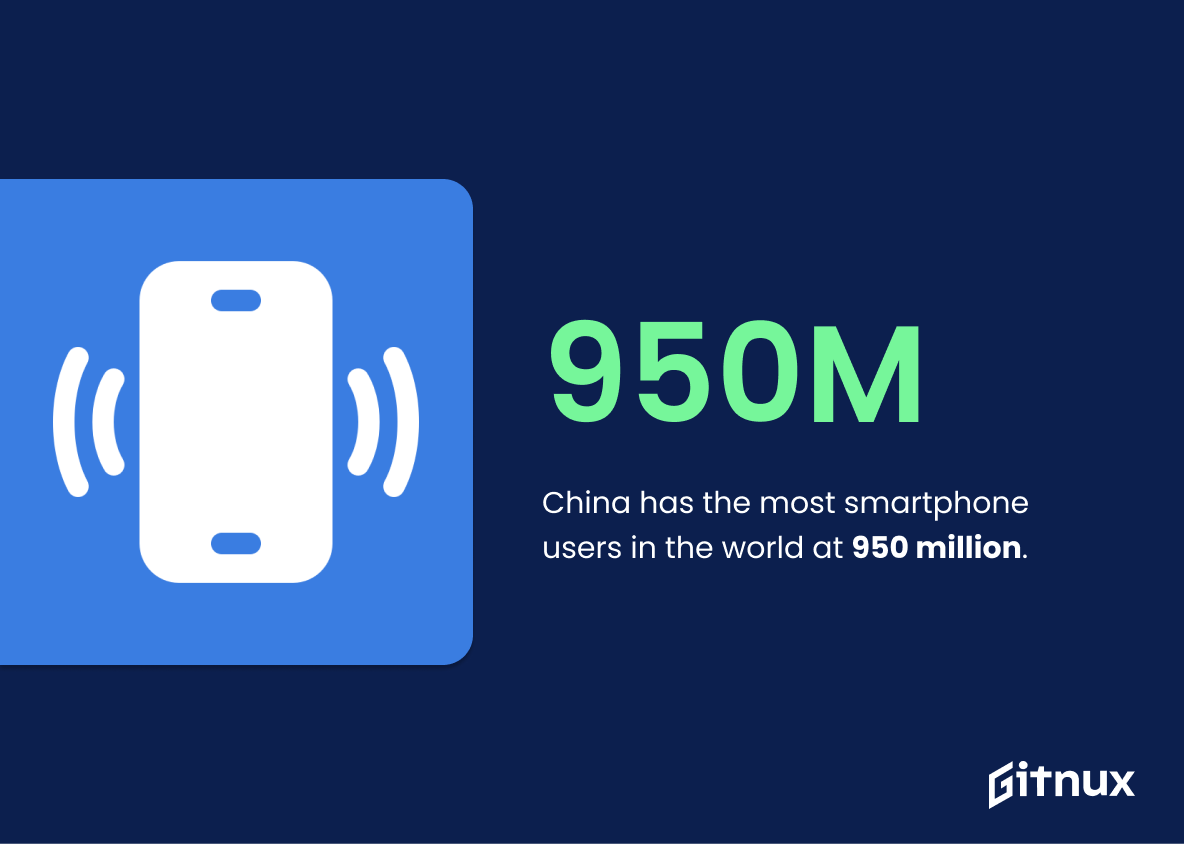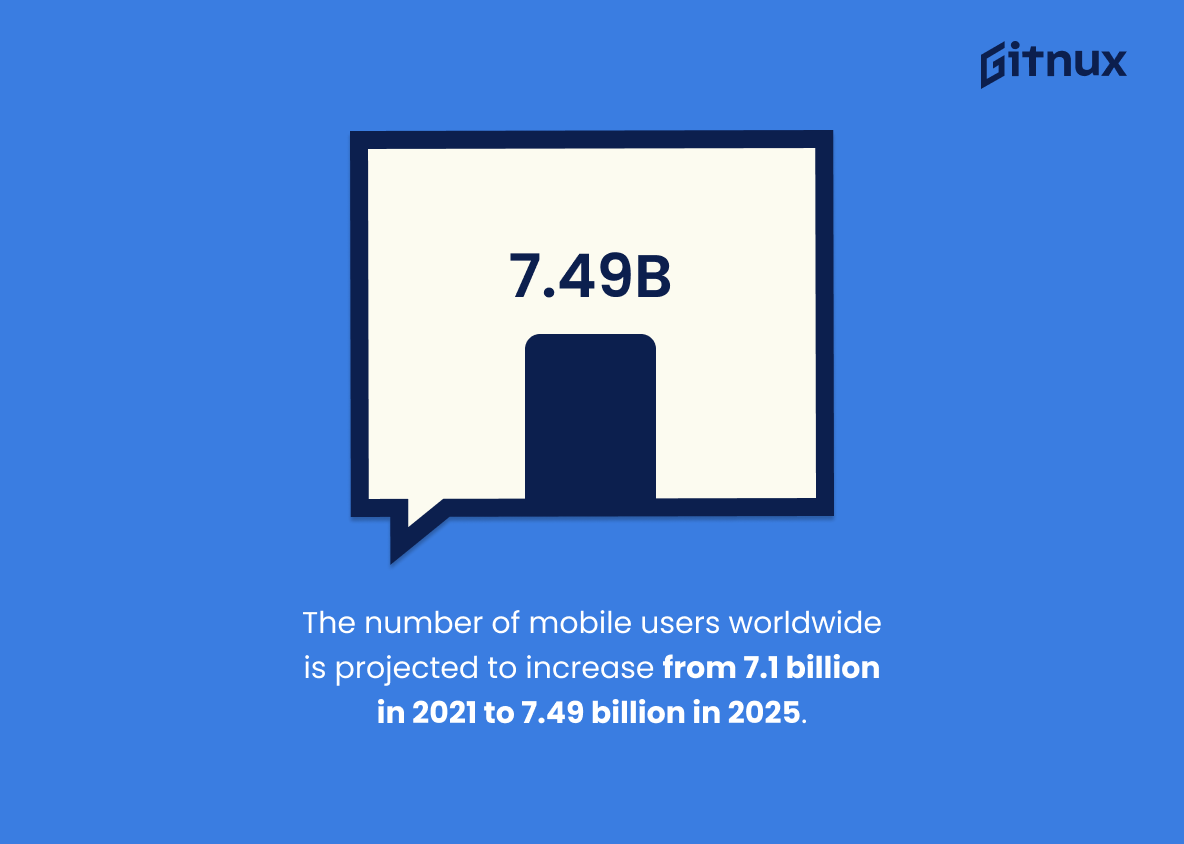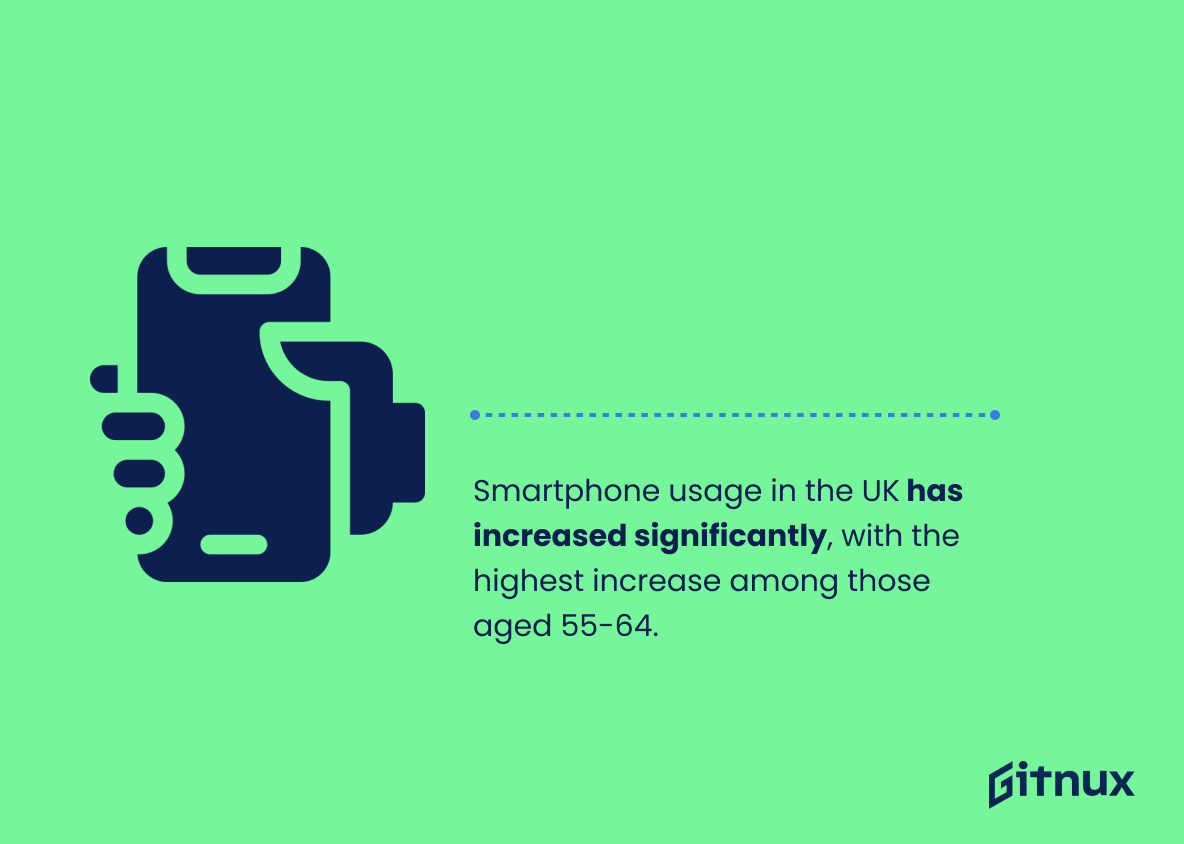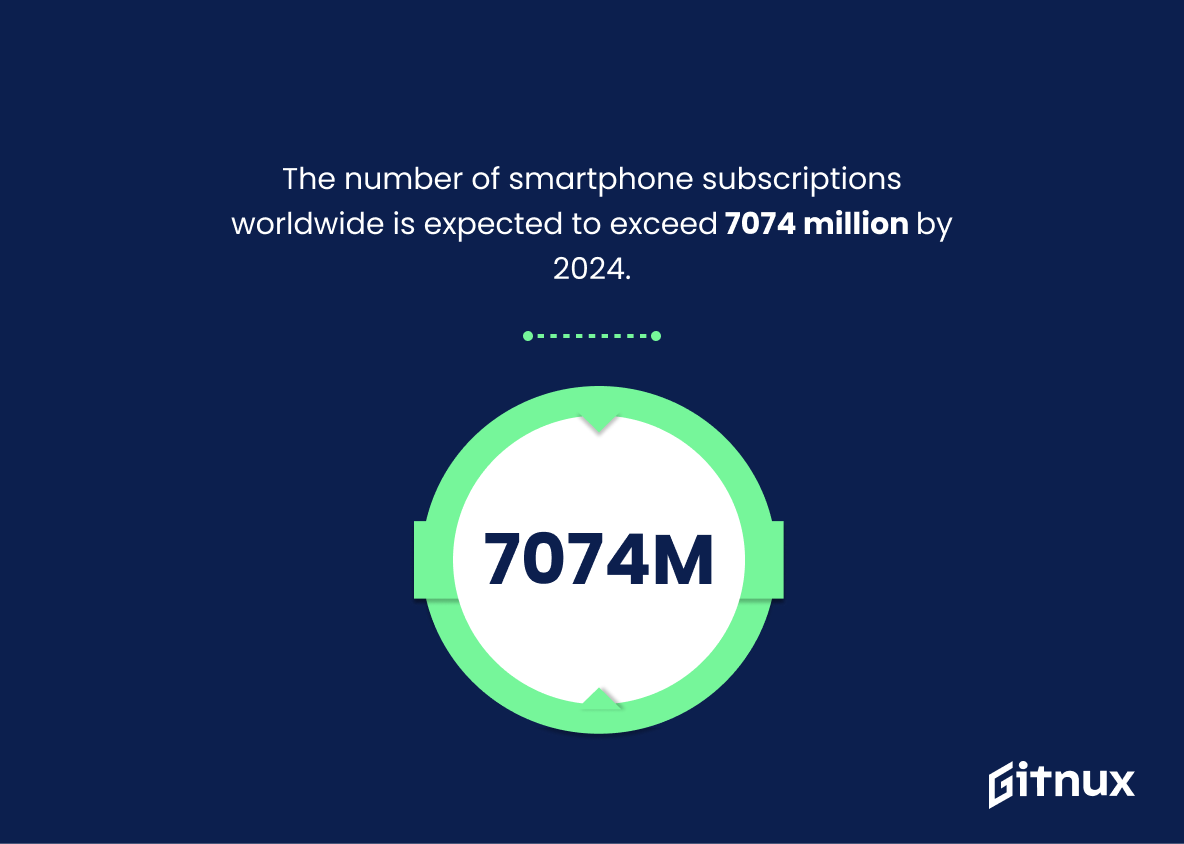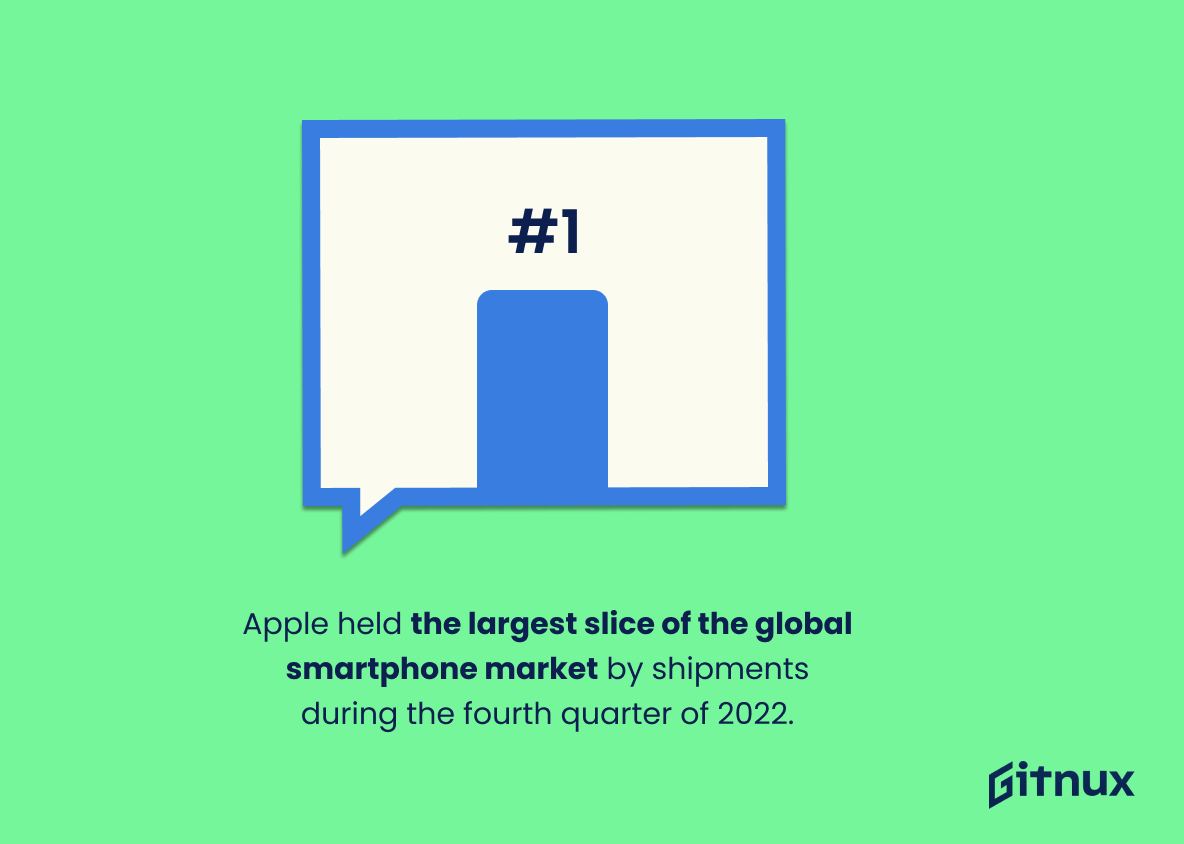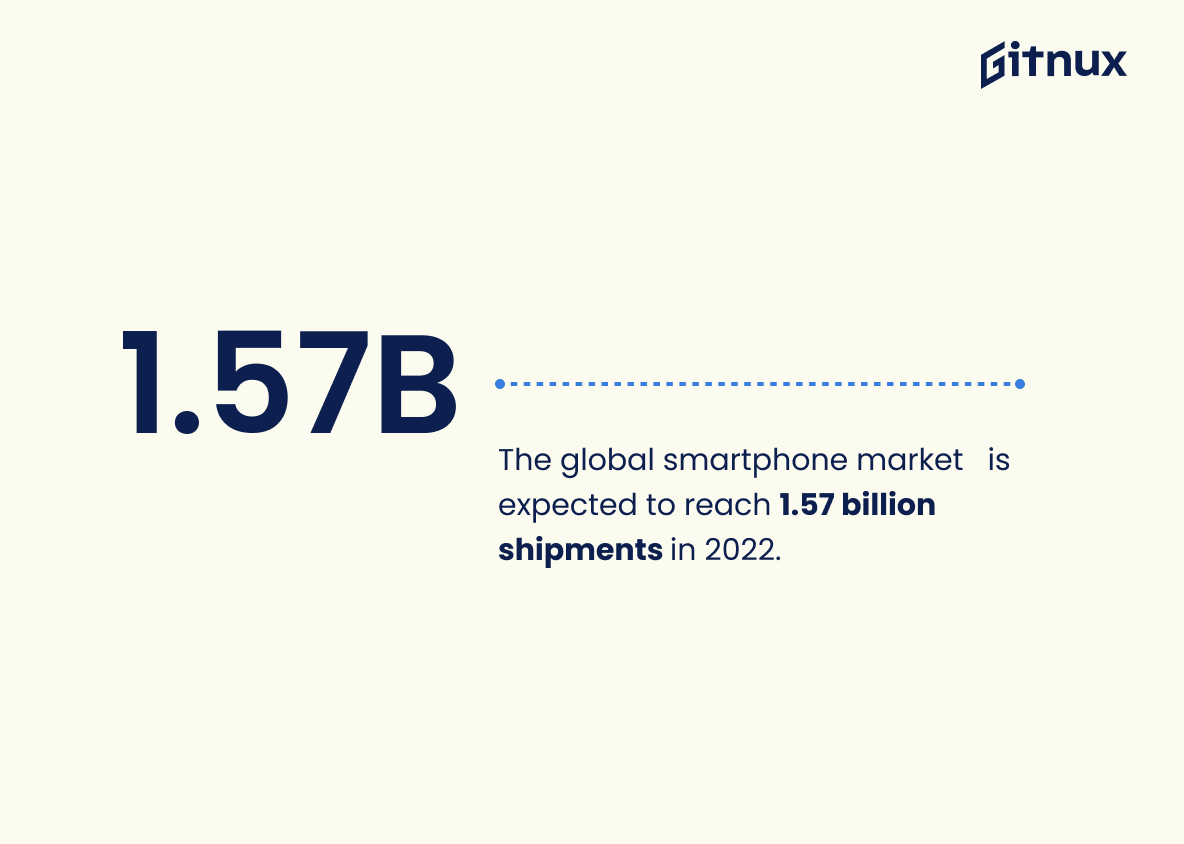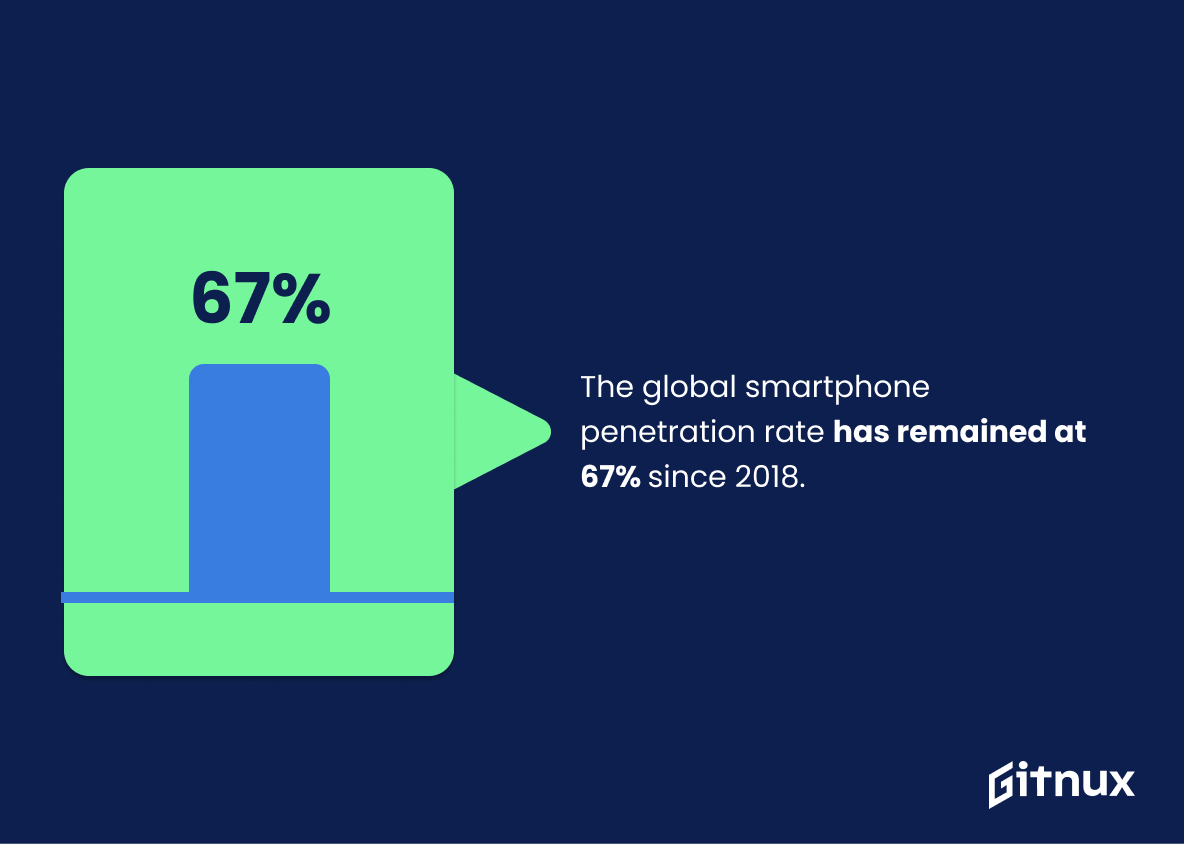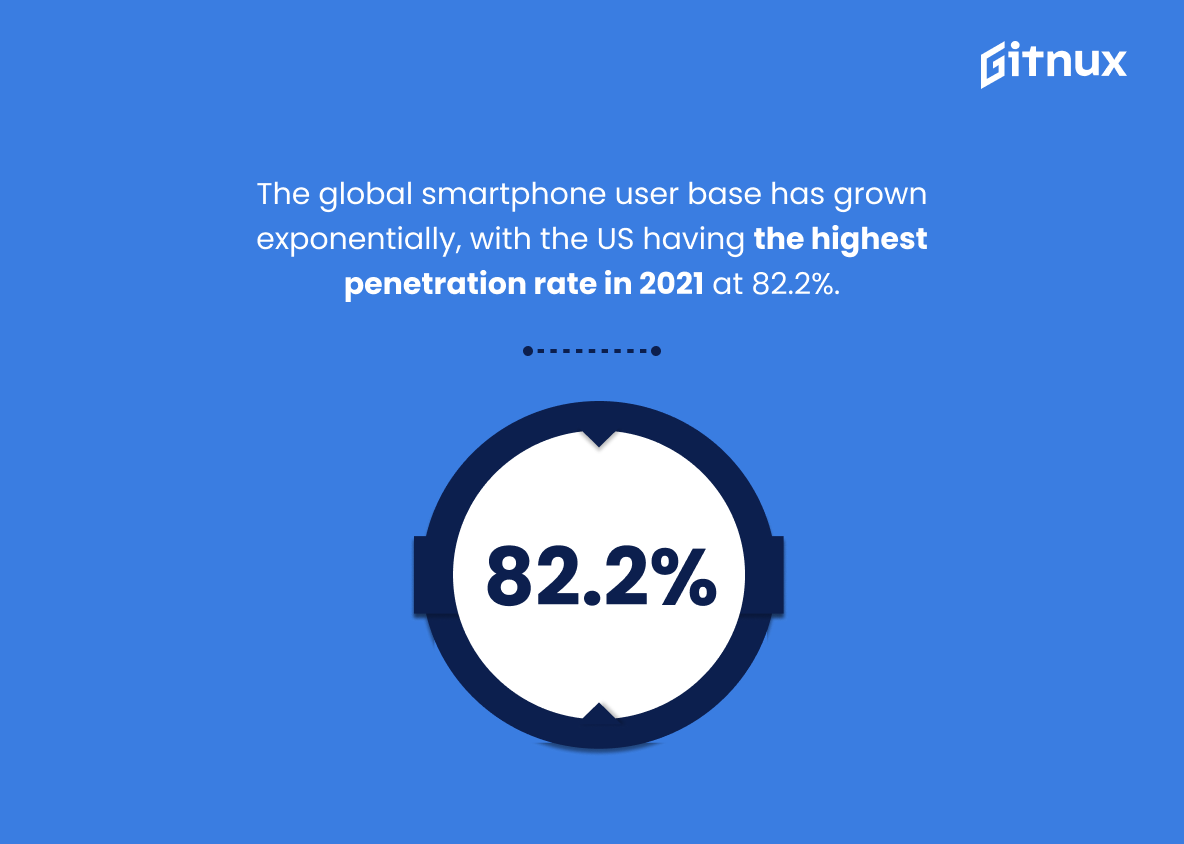Smartphones are everywhere. We use them to check our emails, scroll through social media, and even take photos. But what do we really know about these devices? In this article, we’ll take a look at some of the most interesting smartphone statistics.
From the most popular operating systems to the average number of apps downloaded, these stats will give you a better understanding of how people are using their phones. So, let’s dive in and explore the world of smartphone statistics.
Smartphones: the Most Important Statistics
96% of Hungarians aged 14-39 are smartphone users, compared to 40% of those aged 60 and over.
The global smartphone market saw an exceptional growth from 2009 to 2016, was hit due to the COVID-19 pandemic, but is expected to recover and reach 1.57 billion shipments in 2022.
Smartphone: Statistics Overview
China has the most smartphone users in the world at 950 million, followed by India with almost half as many, and the United States in third.
This matters because it shows the global trend of smartphone usage and the countries that are leading the way. It also provides insight into the potential markets for smartphone companies and the countries that need to be targeted for growth.
The number of mobile users worldwide is projected to increase from 7.1 billion in 2021 to 7.49 billion in 2025.
This shows the growing trend of smartphone users worldwide. This increase in mobile users is likely due to the development of new technology, which is making smartphones more accessible and popular.
This trend is important to consider for businesses and marketers, as it shows the potential for growth in the smartphone market.
Smartphone usage in the UK has increased significantly across all age ranges since 2012, with the highest increase among those aged 55-64.
Smartphone usage is not limited to just teenagers and young adults, but is also increasing among older generations.
This indicates that smartphones are becoming increasingly popular and are being used by people of all ages for a variety of purposes.
96% of Hungarians aged 14-39 are smartphone users, compared to 40% of those aged 60 and over.
This demonstrates the generational divide in smartphone usage. It suggests that younger generations are more likely to use smartphones than older generations, which could have implications for marketing and advertising strategies.
The number of smartphone subscriptions worldwide is expected to exceed 7074 million by 2024 and will continue to grow in the upcoming years.
The demand for smartphones is increasing and that the market for them is growing. This growth in the market can be beneficial for businesses that are looking to capitalize on the trend and create products and services that meet the needs of the growing population of smartphone users.
5G subscriptions are forecast to increase from 12 million to 4 billion worldwide from 2019 to 2027, with North East Asia, South East Asia, India, Nepal, and Bhutan having the most subscriptions.
This shows the increasing demand for 5G services and the potential for growth in the 5G market.
As more people and countries use their smartphones to connect to 5G, the number of 5G subscribers will grow, which is beneficial for providers that can offer 5G access to process data quickly.
Apple held the largest slice of the global smartphone market by shipments during the fourth quarter of 2022, followed by Samsung and Huawei.
This matters as it demonstrates the dominance of Apple and Samsung in the smartphone market, with Huawei providing a strong challenge in recent years despite the effects of the US trade ban.
The global smartphone market saw an exceptional growth from 2009 to 2016, was hit due to the COVID-19 pandemic, but is expected to recover and reach 1.57 billion shipments in 2022.
This statistic matters in the context of Smartphone Statistics because it shows the long-term growth of the global smartphone market, as well as the short-term impact of the COVID-19 pandemic on the market.
It also shows the expected recovery of the market and the expected growth in the number of smartphone shipments in the coming years.
The global smartphone penetration rate has remained at 67% since 2018, with large variations between different regions, ranging from 82% in North America to 48% in Sub-Saharan Africa.
This makes the disparities in smartphone adoption rates between different regions clear, which can be used to inform strategies for increasing access to technology and the internet in areas with lower penetration rates.
The global smartphone user base has grown exponentially since the first smartphones were released, with the US having the highest penetration rate in 2021 at 82.2%.
This statistic is important because it shows the increasing demand for smartphones and how it has become a necessity in everyday life.
It also highlights the countries with the highest penetration rate, which can help companies better understand the market and target their marketing efforts.
Conclusion
Smartphones have become an integral part of our lives, and the statistics show that this trend is only going to continue. As more and more people become connected to the internet, the use of smartphones will only increase.
Smartphones are becoming more powerful and versatile, and they are being used for a variety of tasks, from communication to entertainment. The future of smartphones looks bright, and it will be interesting to see how they continue to evolve and shape our lives.
References
1 – Smartphone users by country 2021 | Statista
2 – Forecast number of mobile users worldwide 2020-2025 | Statista
3 – U.K.: smartphone usage by age 2012-2021 | Statista
4 – Hungary: smartphone users by age 2020 | Statista
5 – Smartphone subscriptions worldwide 2027 | Statista
6 – 5G mobile subscribers forecast worldwide 2027 | Statista
7 – Smartphone market shares by vendor 2009-2022 | Statista
8 – Smartphone shipments worldwide 2009-2022 | Statista
9 – Global smartphone penetration 2016-2021 | Statista
10 – Smartphone penetration rates 2021 | Statista
ZipDo, cited June 2023: Smartphone Statistics
